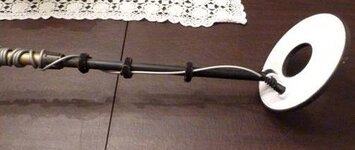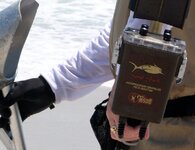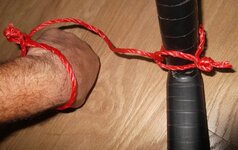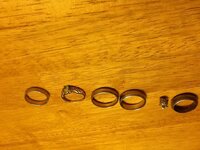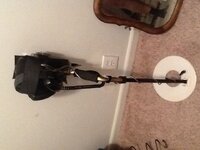Beer15Lax
Newbie
- Jul 20, 2013
- 2
- 0
Hey all,
I'm new to this forum and this fantastic hobby, and I have some obvious newb questions. Just some of the basics--I have a Tesaro Sand Shark that I've been using on Cape Cod.
After sifting through some forums, I've come across lots of people who say listen to the whispers...What are the whispers? I feel like either I have a hit, or I don't?
This question is going to sound silly, but how do you adequately dig in waist deep water?I have a nice scoop, I just feel like it's difficult to get anywhere with it, and my detector is falling all over. It's probably pretty comical...
Anyway, looking forward to getting better and finally getting a chance to take it diving! Thanks for your help and patience- this forum is really interesting!
I'm new to this forum and this fantastic hobby, and I have some obvious newb questions. Just some of the basics--I have a Tesaro Sand Shark that I've been using on Cape Cod.
After sifting through some forums, I've come across lots of people who say listen to the whispers...What are the whispers? I feel like either I have a hit, or I don't?
This question is going to sound silly, but how do you adequately dig in waist deep water?I have a nice scoop, I just feel like it's difficult to get anywhere with it, and my detector is falling all over. It's probably pretty comical...
Anyway, looking forward to getting better and finally getting a chance to take it diving! Thanks for your help and patience- this forum is really interesting!
Amazon Forum Fav 👍
Upvote
0



